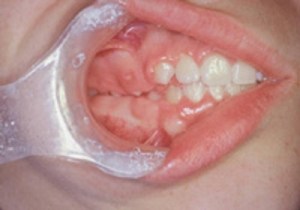– The meaning of gingivectomy.
– How it is being carried out.
Gingivectomy refers to a periodontal gum procedure that involves the removal of gum tissue. Quite a large number of people are suffering from a periodontal disease or gum disease.
For instance, hardly will you go to a dental clinic and not find numerous people with one dental condition or the other and the most common of the oral conditions is gum disease.
Gingivectomy helps to correct gum disease or gum conditions especially the ones that involve the structure of the teeth. With this procedure, dentists help to reverse periodontal issues.

Also, this procedure entails carrying out a surgery that involves the absolute removal of the gum tissue. The total removal of gum tissue is with an aim to treat the gum disease.
The gingiva which is also the gum sorrounds the teeth. So, when the dentists take to the option of removing the gingiva, it is for the betterment of the teeth.
This surgery also involves the regeneration of attachment structures through tissue and bone grafts.
Dentists also perform this surgery or dental procedure to curb or terminate the overgrowth of the gingiva. Also, for restorative dentistry, they use this procedure.
Also, dentists carry out this periodontal procedure with the aim of removing and reforming diseased gum tissue or other gingival buildup that relates to gum disease or dental damage.
Another reason that makes dentists opt for this procedure is to improve asymmetrical, or unesthetic gingival topography and to also eliminate suprabony pockets or abscesses.
A good procedure of gingivectomy brings about the decrease in tooth loss due to gingival conditions or gum disease.
Although, there can also be complications of this procedure, one of the complications is the infection of the boodstream. this is why dentists prescribe antibiotics before the surgery and even after the surgery.
